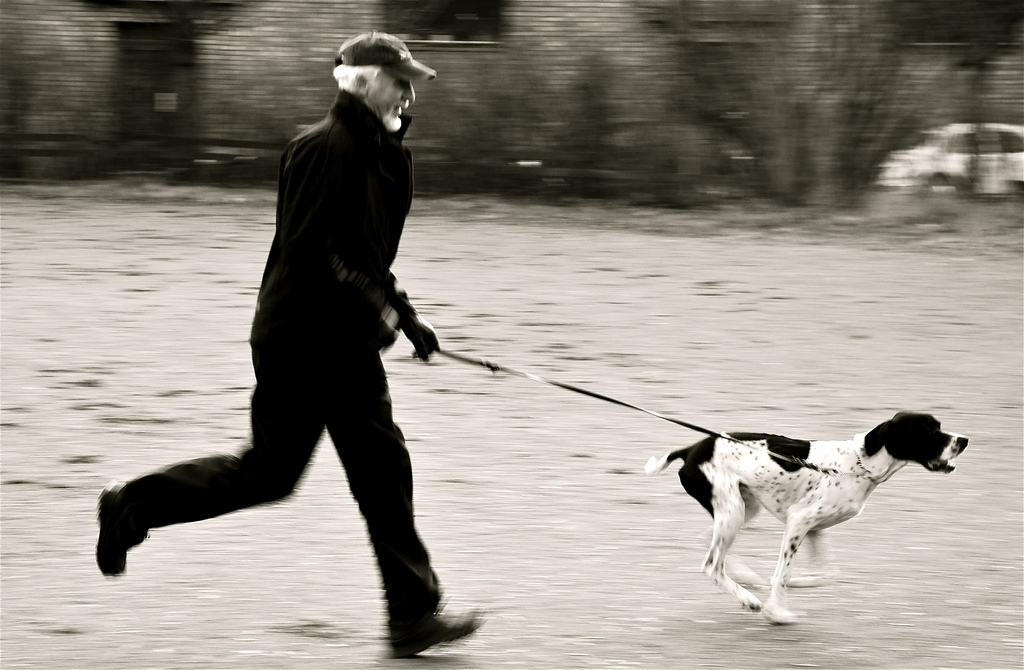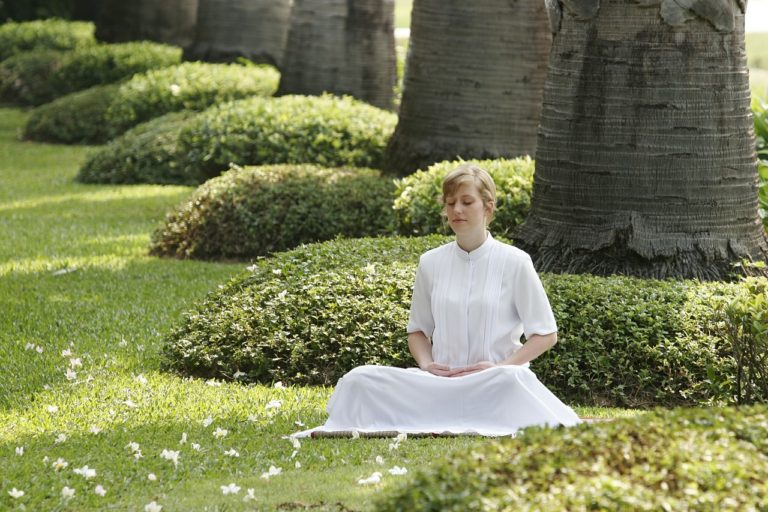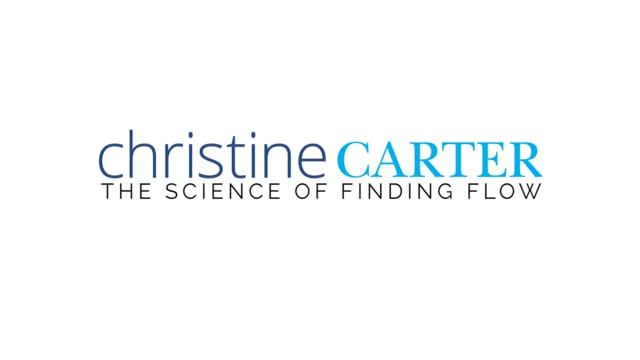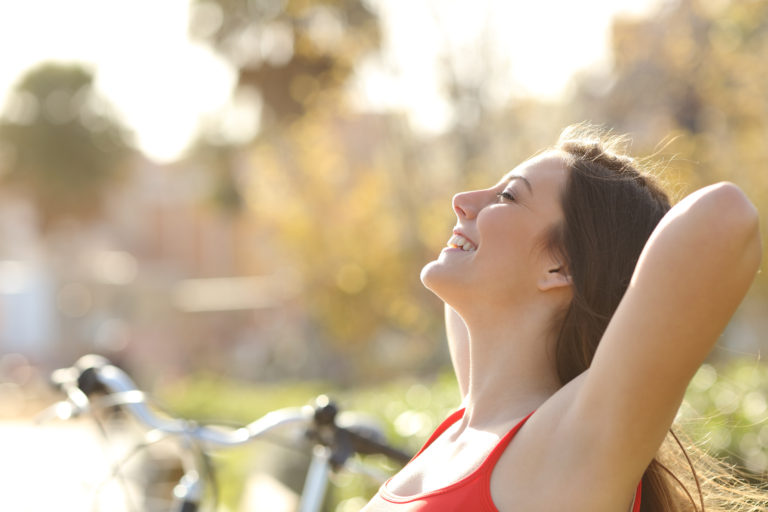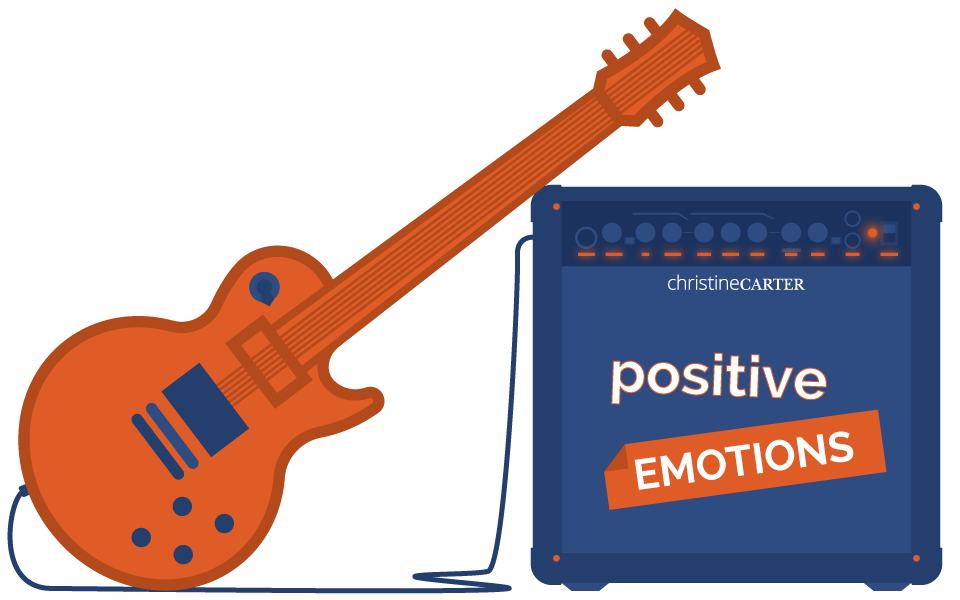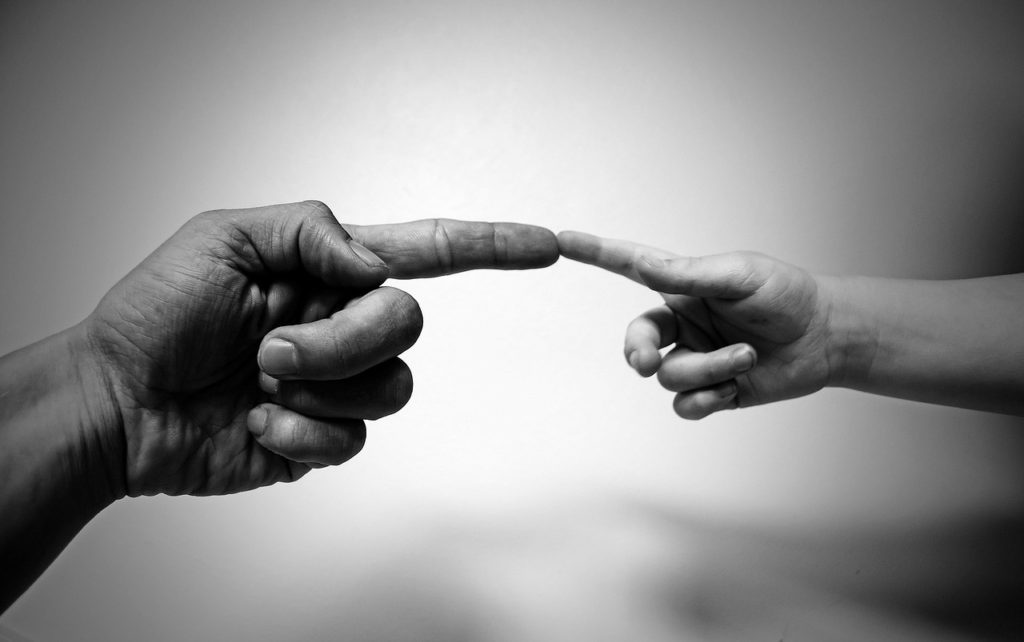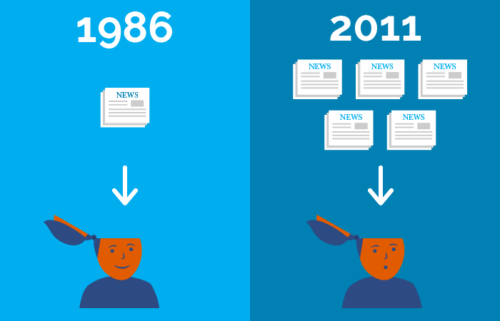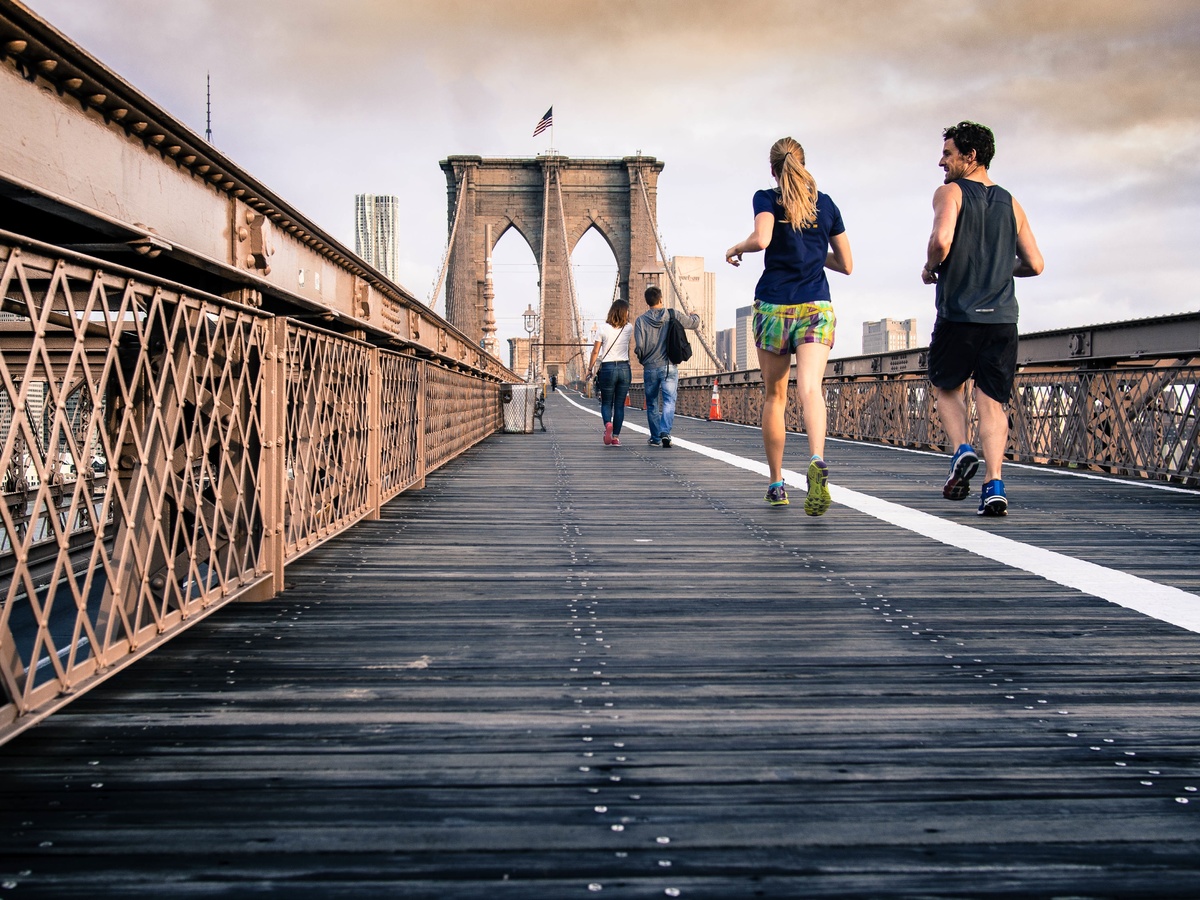You already know, of course, that getting into a regular exercise routine is probably the best thing you can do for yourself — whether you want to be happier, healthier, skinnier, or smarter. Even though you already know this, I’m going to remind you. Why? Because I think we sometimes forget that the hassles of exercise don’t usually outweigh the benefits. Reams of research show that:
1) Exercise boosts your energy by delivering oxygen and nutrients to your brain and muscles. It helps your cardiovascular and muscular system work more efficiently, which gives you more strength and endurance (and therefore energy). Exercise also triggers the production of insulin receptors, which means that your body is able to better utilize glucose, or blood sugar — the raw energy that your body runs on.
2) Exercise reduces stress and anxiety. While aerobic exercise has been shown to alleviate anxiety disorders, even people who don’t struggle with a disorder report feeling less anxious after exercise.
3) Physical movement makes us happier, in part by fostering the neurochemicals in your body and brain that leave you happier and more relaxed. Doctors in the UK often prescribe exercise as a first-line treatment for depression, it’s so effective!
“At every level, from the microcellular to the psychological, exercise not only wards off the ill effects of chronic stress; it can also reverse them. Studies show that if researchers exercise rats that have been chronically stressed, that activity makes the hippocampus grow back to its preshriveled state. The mechanisms by which exercise changes how we think and feel are so much more effective than donuts, medicines, and wine. When you say you feel less stressed out after you go for a swim, or even a fast walk, you are.”
― John J. Ratey, Spark: The Revolutionary New Science of Exercise and the Brain
4) Physical movement improves sleep — and better sleep also tends to makes us happier, healthier, and more productive during the day.
5) Exercise makes us healthier physically and helps us control our weight, so much that it increases longevity — the amount of time that we live. Physically active people have:
- Reduced risk of heart attack
- Lower blood cholesterol
- Lower risk of Type 2 Diabetes
- Lower risk of cancer
- Lower blood pressure
- Stronger bones, muscles, joints — and therefore lower risk of osteoporosis and risk of injury from falls.
6) It’ll improve your ability to focus, resist temptations, and make good decisions. According to John Ratey, author of Spark: The Revolutionary New Science of Exercise and the Brain, participants in an Australian study who exercised:
Reported that an entire range of behavior related to self-regulation took a turn for the better. Not only did they steadily increase their visits to the gym, they reported that they smoked less, drank less caffeine and alcohol, ate more healthy food and less junk food, curbed impulse spending and overspending, and lost their tempers less often. They procrastinate less and kept more appointments. And, they didn’t leave the dishes in the sink — at least not as often.
7) Physical activity conditions your brain for improved memory and learning. Exercise increases brain chemicals called “growth factors,” which help the brain both grow new neurons and establish new connections between existing neurons. This helps us learn, adapt to change, and move what we learn into long-term memory.
I hope, looking at this long list of benefits — which is not even exhaustive, by the way — that you are feeling more motivated to make a plan to get in a daily exercise habit! If you know you want to get in an exercise habit but aren’t sure where to begin, please let me help! Enroll in my 21 Day Exercise Mini-Course — it’s only $9.99, and you’ll get free live coaching from me as a part of it.

